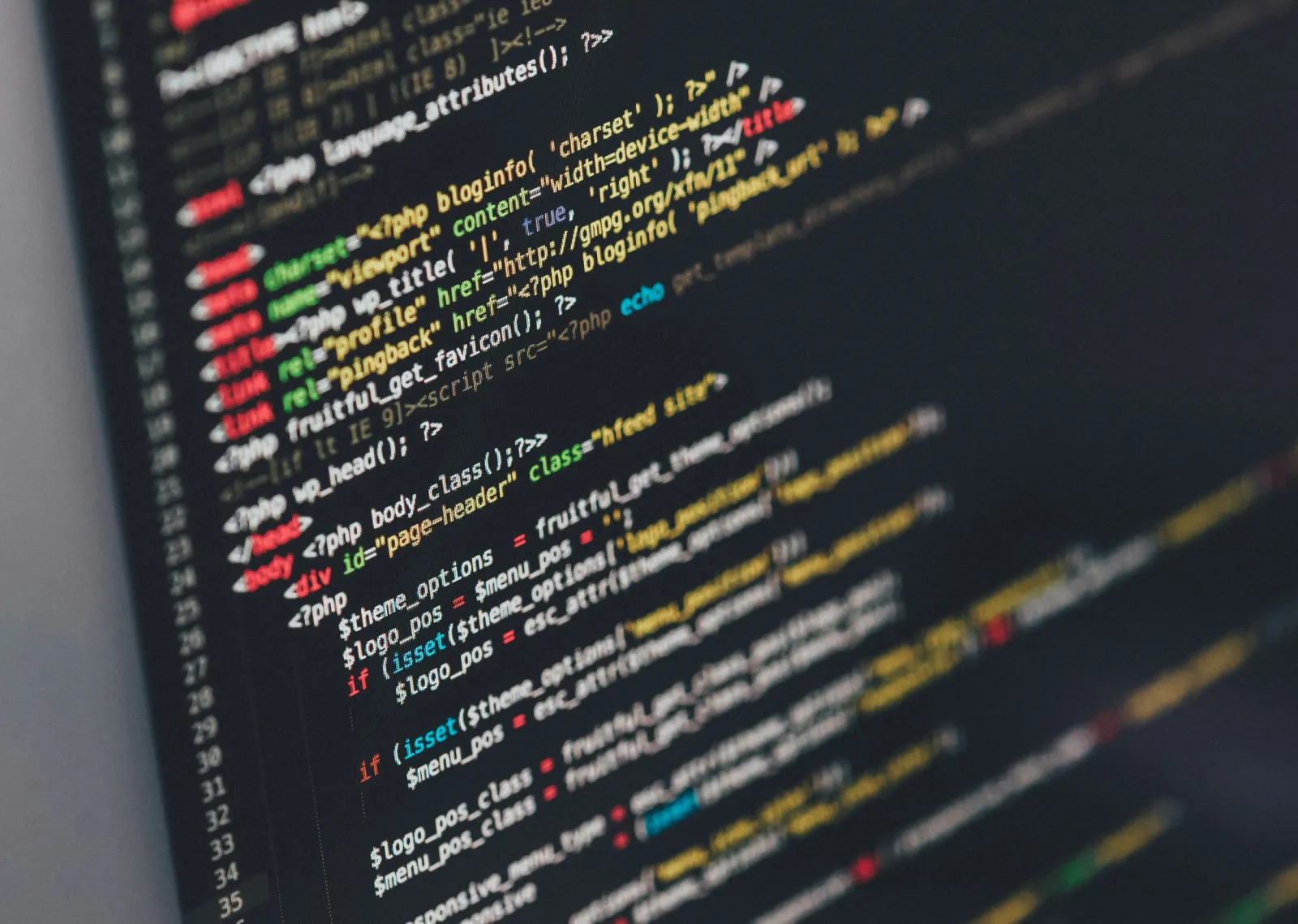A, UI, UX. WTF? A 5 minute guide to design jargon
It’s no secret that designers working in the thick of the digital technology revolution are a new breed. It was inevitable that placing designers and developers side by side day after day would give rise to new blended tribe. This transformation is so strong that on occasion, designers can be mistaken for computer geeks. Gone are the days of mocking our developer colleagues with Charlie Brown “wa wa wa..” commentary as they shared their technological findings. Instead we are intrigued and engaged in the conversation and genuinely ecstatic when we can help solve a back-end issue. And yes folks, we even get excited about code. Ultimately, creativity has exploded, boundaries have been lifted and anything that we can imagine is possible.
So what does this mean to your marketing team? No longer is one channel of delivery the norm. What you did last year should never be the default. Give us your overall objective and let us come back to you with a suite of sweet options.
With technology changing so rapidly, how do you keep up with the design jargon? As a marketer, you are expected to be an expert in a lot of areas. We get that keeping up with design and developer jargon is just one demand for your attention. So, if you have only 5 minutes and want a super basic crash course, here’s a quick reference guide for you.
5 Minute Jargon Guide
IA ‘Information Architecture'
Information architecture is basically the art of organizing information. It takes all of the information (content) that you want your users to have access to and builds an organizational outline of where the content should live. Hence the name “architecture”, as it is literally a blueprint of information.
UX ‘User Experience Design'
A UX designer’s goal is to create a super positive and intuitive “user” experience with your product. They elicit an emotional response to the content that is being presented. They consider every possible scenario on how a user might interact with your product and ultimately they figure out what is the most intuitive and positive way to present an experience so the user gets what they are looking for. This involves a zillion steps in the various stages of prototyping, testing and adapting, making them one of the most critical players on a design team.
The UX Designer is the game changer because they are the experts in honing in on the most effective solutions for creating the perfect flow that results in the best possible user experience.
UI ‘User Interface Design'
A UI designer is the “detail specialist.” While the UX designer is concerned with the overall feel of a product, the UI designer is the concerned with all the elements that the user interacts with to ensure that the UI visually communicates the path that the UX designers has laid out. In very simple terms, he/she is the expert in knowing exactly what type of interface is the best choice given the task at hand, eg is a slider or a control knob the best tool for achieving a task? What is the best visual design for this tool to elicit the desired behavior at the desired time in the experience? They are also the team-member who creates a cohesive style guide to ensure both visual and behavioral consistency throughout the entire experience. A really great UI designer can almost be tagged as a behavioral psychologists as they need to be experts in understanding what a user’s response to a specific element is going to be.
Interactive "Motion Design'
The motion designer is one that dreams up the animation of an element. They deal with what an interface does when a user touches or interacts with it. They decide what the best transitions are from one visual to another. They are experts in understanding visual cues, from small button behavior motions in an app to story-enhancing transitions in a full length video.
UI Development 'Front-end Developer"
Once a designer has created a static mockup, he/she passes it on to a developer, who then translates it into a working, interactive experience. The UI developer is responsible for coding the visual interactions that the motion designer comes up with. This is where it gets really techy and at this point as a marketer, you probably don’t want to know “how” things are done - you just want to see the vision that was presented to you in the beginning come to life.
And that, friends, is your high-speed jargon guide to the design eco system today. Tomorrow it will be totally different, so stay tuned for further posts.



